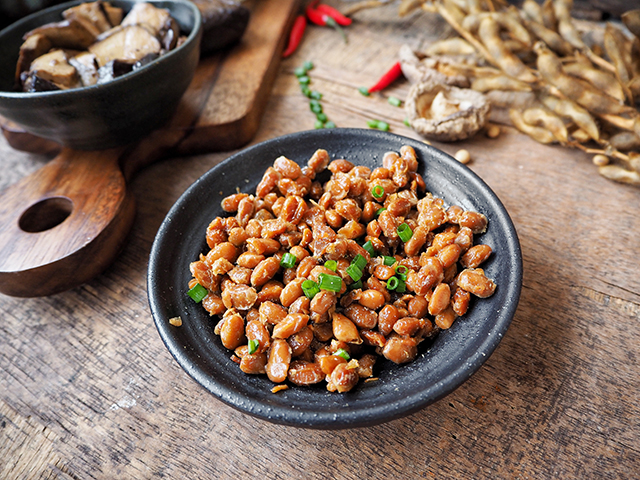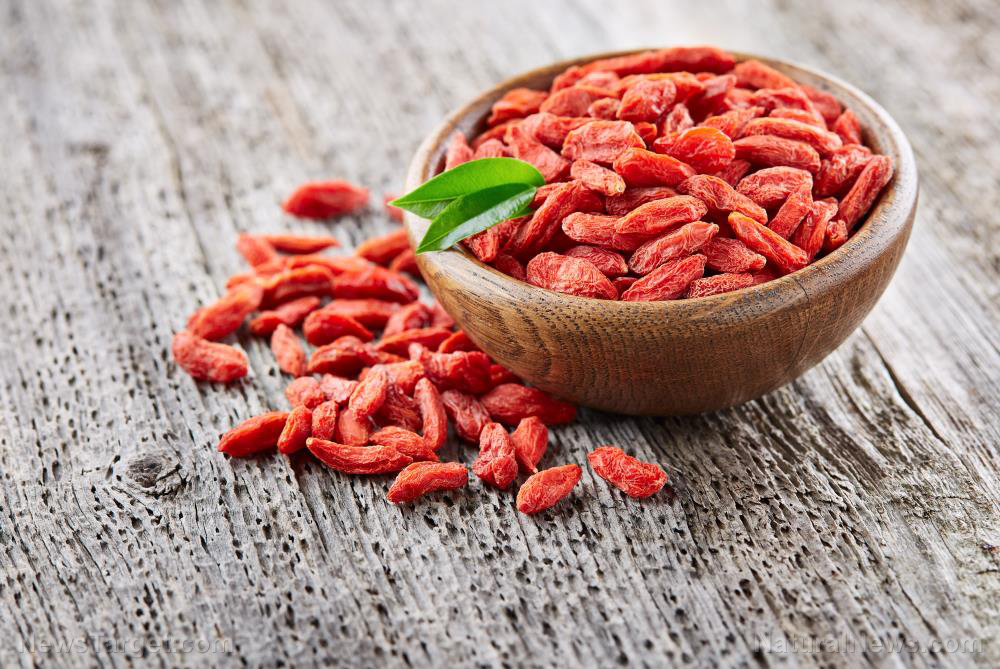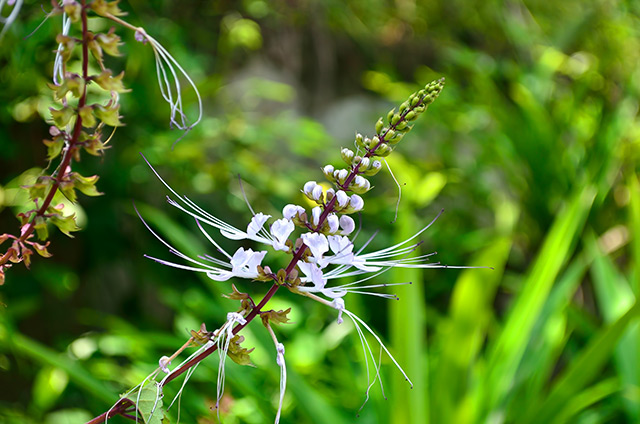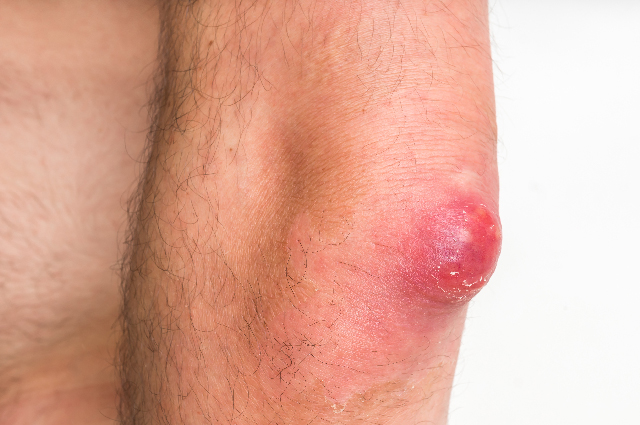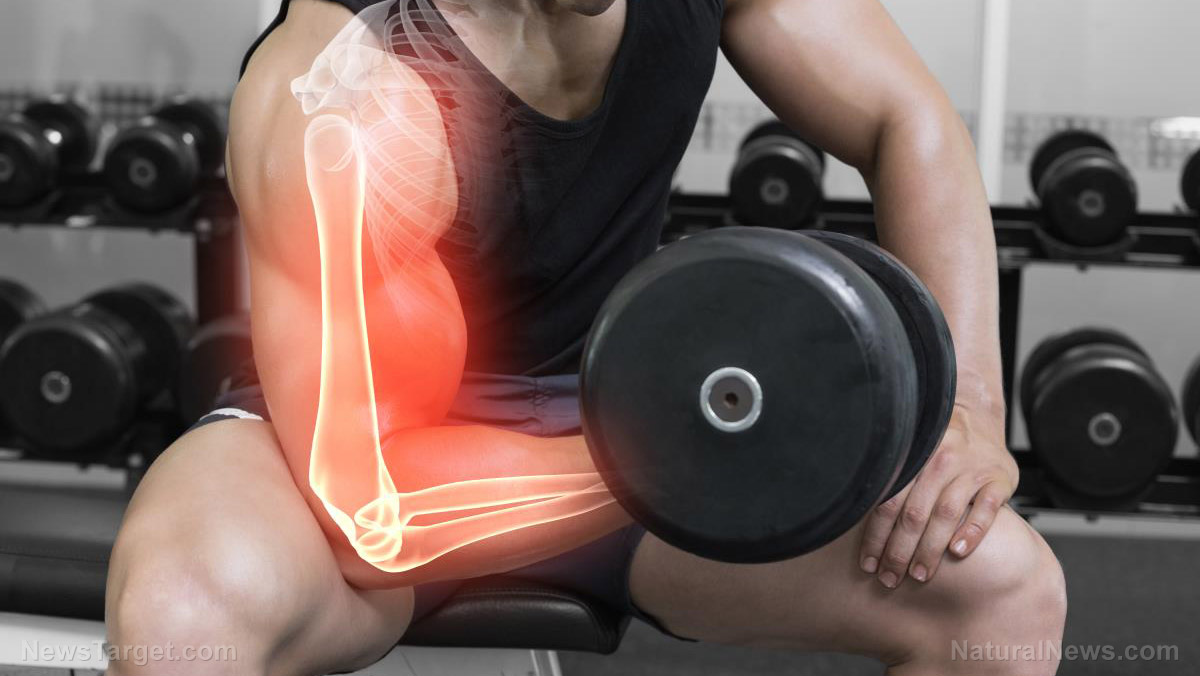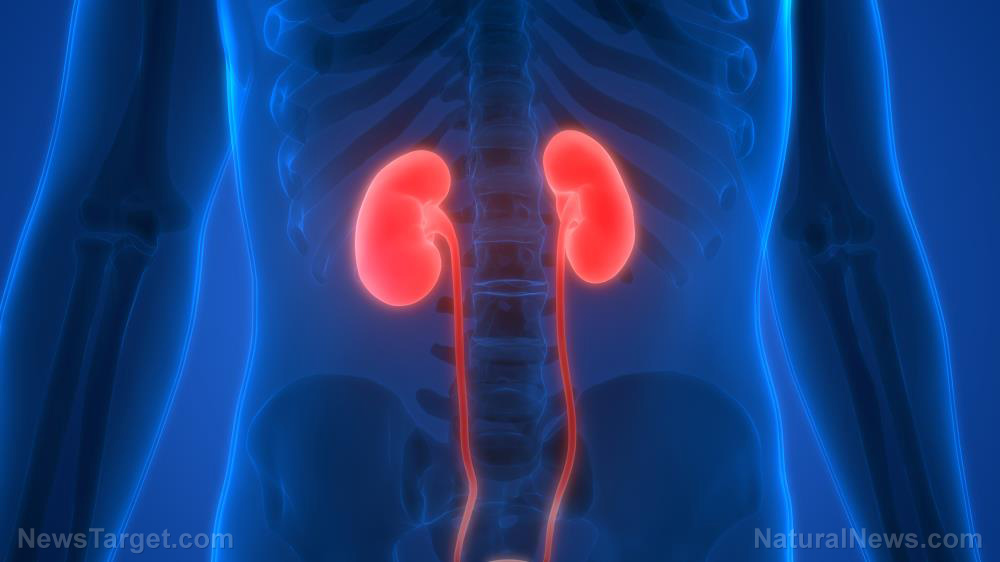Arthritic pain can be reduced with sinew acupuncture
07/20/2018 / By RJ Jhonson

Acupuncture has been proven by numerous studies to be an effective treatment against various types of pain. Sinew acupuncture, a new modality of this ancient practice, was observed to provide almost immediate benefits for specific types of injuries. A team of scientists is seeking to understand the mechanisms of sinew acupuncture and determine its effectiveness, as per study protocols published in the journal BMC Complementary and Alternative Medicine.
To say that acupuncture has a long history would be an understatement. The practice is believed to have originated from China around 6000 B.C.E. Before the use of needles, sharpened bones and stones were thought to have been employed by ancient acupuncturists, although some experts contend that these tools may have been used for primitive surgical techniques instead.
Today, acupuncture is still used to treat a wide variety of conditions, especially those that involve bodily pain. The practice is still developing and evolving to match the needs of patients, with sinew acupuncture among its new modalities. Sinew acupuncture involves inserting needles into acupoints or spasm points of sinews and muscles along the meridian sinew pathway.
An observational study confirmed sinew acupuncture’s ability to soothe pain, particularly that which affects soft tissue, including knee injuries. A team of scientists seeks to conduct a study that would prove the practice’s benefits against the symptoms of and pain derived from knee osteoarthritis (KOA).
The study would be a randomized, sham-controlled, patient- and assessor-blinded trial designed to compare the effects of sham and sinew acupuncture. It would involve 86 participants who will be randomized into either a sham or sinew acupuncture group. All participants will be examined and qualified by both a physician and an acupuncturist.
The intervention will be performed by acupuncturists with over three years of experience and conducted at the University of Hong Kong.
The participants will undergo 10 sessions in four weeks. This will be followed by a series of follow-ups over six weeks.
The researchers will be taking the primary outcome from the visual analog scale (VAS) score at week four. The secondary outcomes will be taken from the Western Ontario and McMasters University Osteoarthritis Index (WOMAC), Timed Up & Go Test (TUG), 8-step Stair Climb Test (SCT), and the 36-Item Short Form Survey (SF-36).
The researchers believe that the trial will expand their understanding of how sinew acupuncture helps in reducing pain and improving symptoms, function, and quality of life in patients with KOA.
Acupuncture has many health benefits
The health benefits of acupuncture are many and include:
- Reducing chronic back pain – Acupuncture is proven effective against many types of chronic back pain, especially those linked to stress, pregnancy, old injuries, and tight muscles.
- Soothing migraine – Migraine can be hard to treat for many different reasons. Acupuncture has been shown to decrease pain without causing any adverse side effects.
- Easing nausea – Stimulating specific acupoints can help treat feelings of nausea. This is especially helpful to those who are recovering from surgery and the side effects of anesthesia.
- Treating anxiety – Studies show a positive correlation between reducing various types of anxiety and acupuncture.
- Relieving insomnia – Studies show that acupuncture can improve the production of melatonin, which helps regulate the sleep cycle. This makes acupuncture an effective aid against insomnia without the side effects and the risk of dependence present in chemical sleep medications.
Learn about the benefits of traditional Chinese treatments at ChineseMedicine.news.
Sources include:
Tagged Under: acupuncture, alternative medicine, arthritis, benefits of acupuncture, Chinese medicine, joint pain, knee osteoarthritis, knee pain, Osteoarthritis, sinew scupuncture, study protocol, traditional medicine

